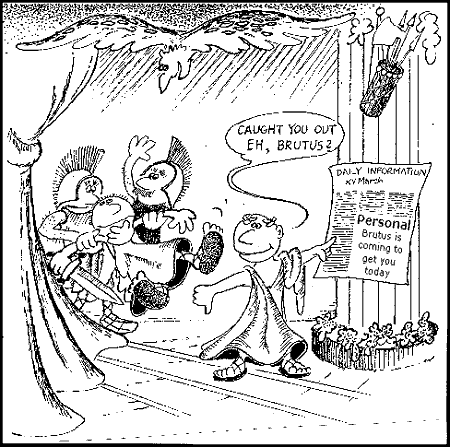|
At the end of the war (the WW2 one), I was stationed at Lake Kharakvasla
in Bombay Presidency. A signal came from GHQ, Delhi. ‘War’s
over. Swords into ploughshares. Educate the troops’. The Colonel,
who came from a minor public school keen on rugger, wasn’t
very keen on education. ‘What do they need it for? Only get
above themselves. However, it's an order’. He turned to the
Major. ‘Major!’ ‘Sir!’ ‘Fix it.’
‘Sir!’ The Major turned to the Captain and the Captain
turned to me. ‘Rose’ he barked (first names weren’t
used much then). ‘Get the men educated.’ I turned round
and, being the most junior chap, found no one else there.
We turned over all the transport to driving instruction and set
about improving the sepoys’ writing and reading in the Army
language, Romanised Urdu. It was a mixed unit of Hindus, Muslims,
Christians and Sikhs. The Adjutant was a Sikh and half the officers
were British.
Our attempt to interest the female camp followers, even with chaperones,
was not a success – they hid behind the tent flaps and wouldn’t
come out. Had to be particularly careful with women in India at
the time – they usually seemed to belong to somebody who would
be frightfully cross if he thought you were getting too close.
The Great White Queen from over the sea had gone – some
40 years previously - but the news took time to spread in those
days. I thought we would bring them up to date. On each noticeboard,
we had a Dailyinfo sheet about the outside world, to which contributions
were invited. Called it Ajki Khabar (‘Today’s
news’). I remember an article about a birthday party –
chocolate cake and organdie frocks – in Kensington palace.
Either Margaret’s or Elizabeth’s – not sure which.
Don’t know what the sepoys made of it.
The need for an easy, immediate form of communication was also
apparent in the Oxford of the early sixties. I tried to put an ad
in the Oxford Mail. You couldn’t put it in by phone,
so I went down to their office in New Inn Hall St on Thursday afternoon.
It was shut along with most other shops in Oxford – early
closing day. Incidentally, the last weekday buses went about 10pm
and the city was dead by quarter past. Back again on Friday. ‘Could
put it in on Monday afternoon, sir.’ Fat lot of use that was.
And it was expensive. Why not have our own publication and accept
ads by phone and immediately? So we did. And we reckoned that with
most of the members of each College reading the same sheet, we might
not have to charge for it. The girls’ colleges got two sheets
each and the men’s got three. The theory was that the girls
went where the men, having read the sheet, asked them to, so it
was a bit of a waste to give them the same number of copies.
A survey in 1973 showed that about 5,000 people a day read the
sheet and it came out 7 days a week in term. Nowadays, it comes
out 3 times a week and the web version is more prominent, collecting
around 5,000 visits each weekday, each visitor taking about ten
minutes and looking at about 4 pages. Do have a look yourself on
www.dailyinfo.co.uk.
John Rose, April 2004

|